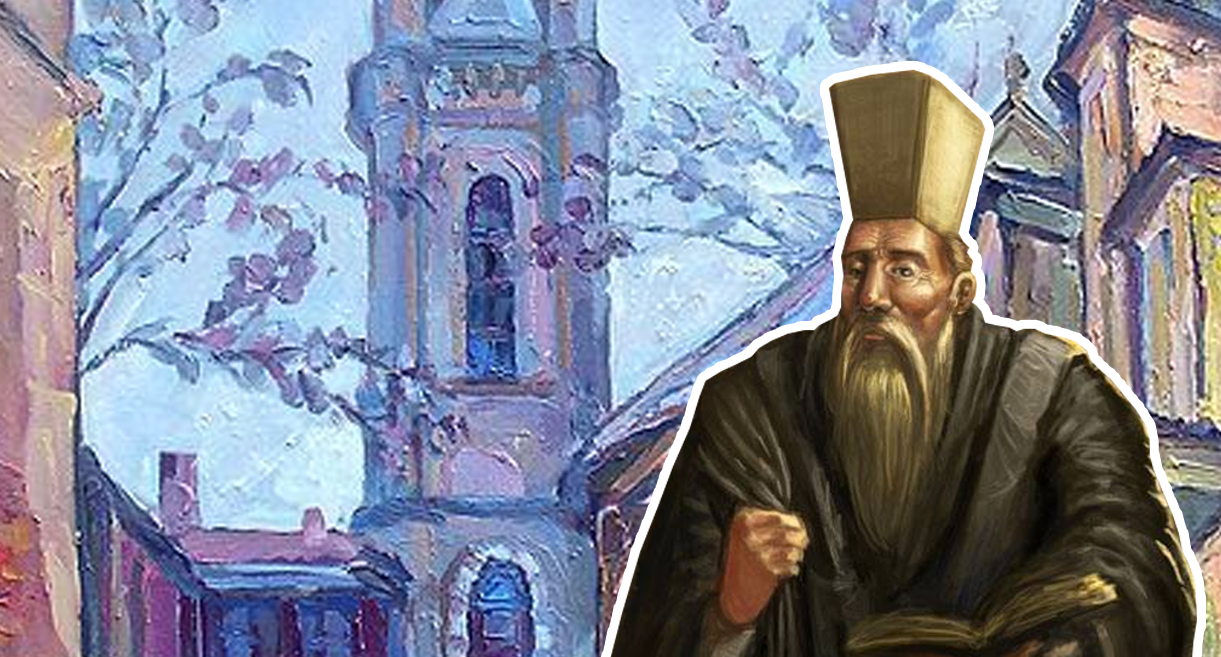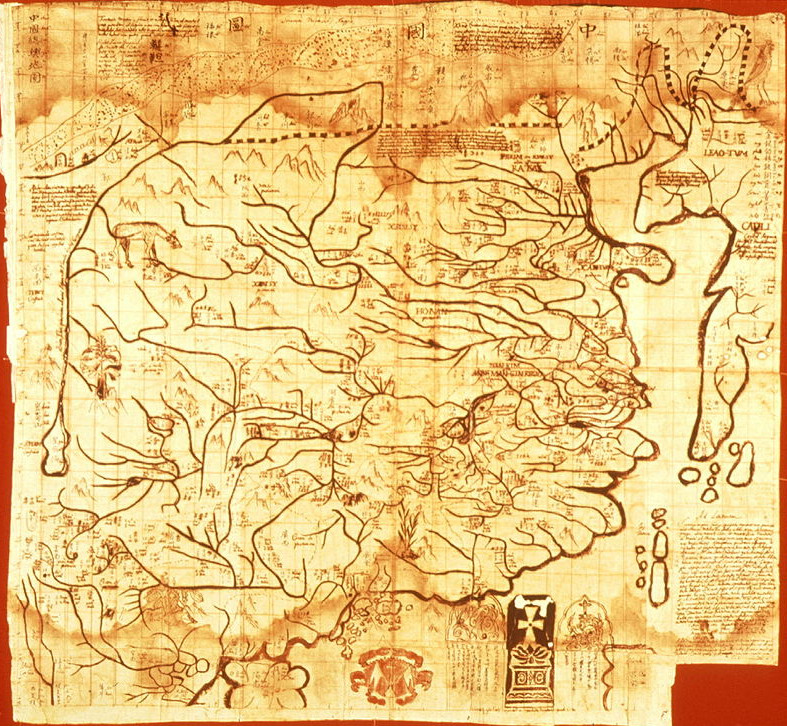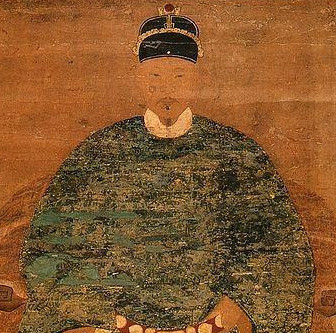It is difficult to find a Lviv resident or a visitor to our city who has not heard of the Boim Chapel.
This unique Renaissance building is a real architectural gem of our city and was built by the best masters of its time as a tomb for the Boim family.
Representatives of several generations of this genus were buried in the chapel.
However, Boim, with the most interesting and unusual destiny, was buried not in the centre of Lviv and not next to his outstanding ancestors.
Mykhailo Boim (1614 - 1659, Michał Piotr Boym) was born in Lviv, lived in the middle of the 17th century, saw Africa with his own eyes, was in China and even tried to save the emperor of this region.
In his notebooks, you can find almost the first in Europe descriptions of green tea, maps of China, sketches of flora and fauna of this area and data from Chinese medicine.
Unfortunately, the exact location of his grave is unknown, and he died in the jungles of Indochina. This is a Lviv resident from the 17th century

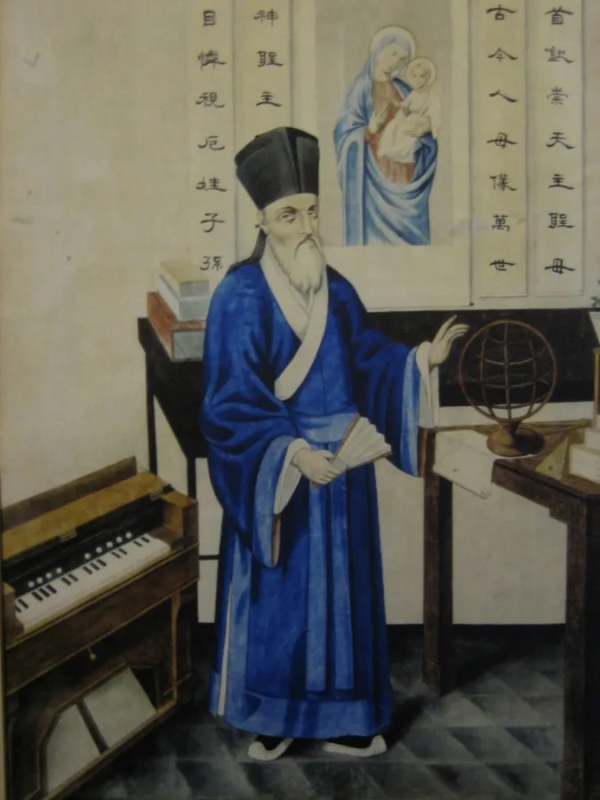
One of Jesus' comrades from Lviv
Mykhailo Boim's life began with a serious illness he struggled with in his youth. It is difficult to say which disease it is. What is known is that he promised to dedicate himself to the service of God if he recovers. And so it happened, and the boy joined the Society of Jesus, choosing as a life ideal the person of the famous Jesuit missionary Francis Xavier.
Mykhailo Boim studied medicine at the Jesuit College in Lviv, philosophy at the Jesuit institution in Kalisz, and theology at the Jesuits in Cracow. Eventually, he became a member of the Society of Jesus and almost immediately left with his brothers for Lisbon to travel to unknown lands.
Letter dated January 11, 1644, Mykhailo Boim wrote to Rome from Mozambique. This document is significant - it contains the first description of Northeast Africa for Europeans. In particular, Boim even depicted the local population hunting elephants.
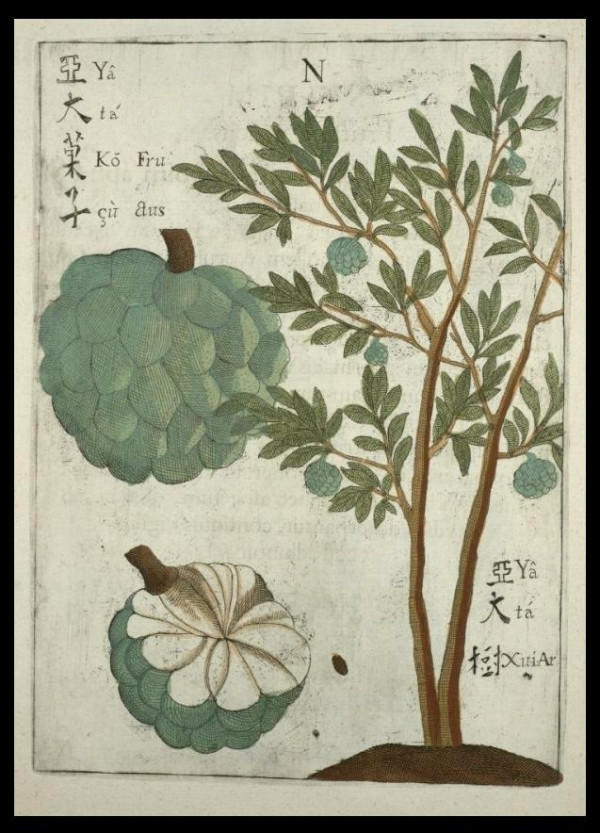
The Adventures of Mykhailo Boim in China
To the man of the XVII century, who was interested in the world and in love with its diversity, only the road to China at that time could give a sea of impressions.
However, this is usually just the beginning. Mykhailo Boim, for example, before entering China, travelled around Africa, saw the territory of Mozambique and made sketches of local flora and fauna. We can say that this was the first report about these regions. He was also almost the first European to draw a hippopotamus.
In China, in addition to sketches of local flora and fauna, maps and atlases, Boim actively studied manuscripts, translated, and became acquainted with the achievements of Chinese civilization.
He also became a participant in the political life of China - in the face of a direct threat to the then elite, he agreed to try to save the emperor from the Manchus.
An appeal was made to the Pope and the General of the Jesuit Order for help in confronting the contenders for power in China.
Mykhailo Boim and a friend took these letters to the leaders of the Christian world. He was received and listened to, but no active action was taken by the Pope or the Jesuits.
Mykhailo Boim returned to China and later died; the emperor also lost his fight with the Manchus.
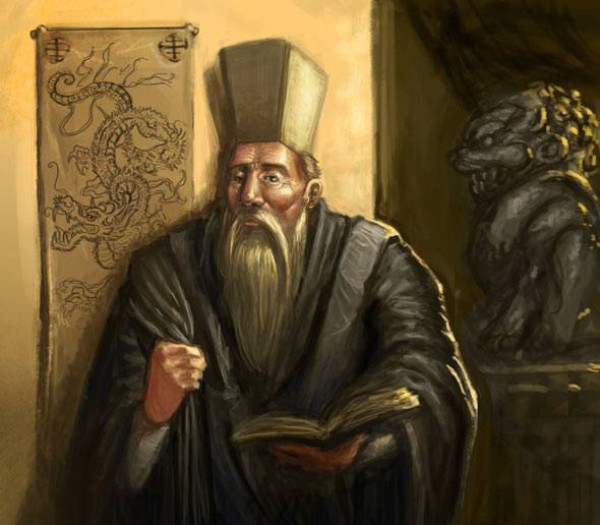
The legacy of Mykhailo Boim
Mykhailo Boim from Lviv is the author of more than twenty works on the flora, fauna, and geography of China and research on other topics related to this exotic terrain for a European of the XVII century. He was one of those who told the world about Chinese traditional medicine and pharmacology and compiled several atlases with sketches and maps of Chinese territories.
His work "Flora Sinensis" (Flora of China, 1656), which became an important, and unique phenomenon in the botany of that time, received special recognition.
Mykhailo's father, Pavlo, was a doctor of medicine at the University of Padua. However, it seems that the son went further and, in general, inscribed his name in the science of that time in golden letters.
In addition, Mykhailo Boim translated Confucius into European and Christian catechism into Chinese.
Thus, he can be considered a continuation of the direction of the famous European Mateo Ricci - not just to convert locals to Christianity but to integrate into local culture and seek compromises.
Neither Ricci nor Boim liked the Chinese description of Europeans as "red-bearded devils".
So, the world without borders and the search for common ground between civilizations is not just a modern trend.
The people of Lviv, like Mykhailo Boim, practised this in the 17th century: he wore the clothes of a Chinese scholar, mastered the Chinese language, compared the teachings of Confucius with Christian dogmas, and took his Chinese name.
